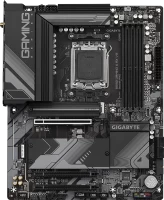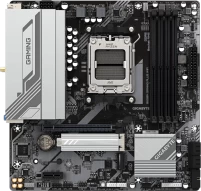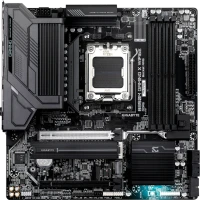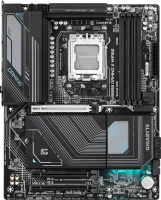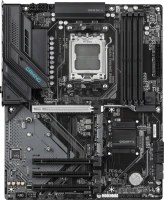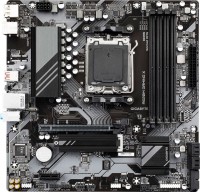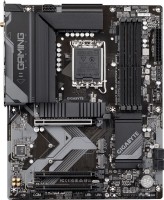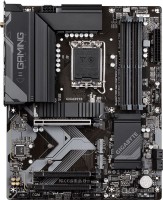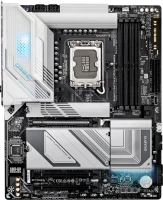Laptops Gigabyte series Gaming (gaming)
Gigabyte Gaming
In 2020, Taiwanese manufacturer Gigabyte began to test the waters in the laptop market with their ultimate Aorus laptops. And a year later, a full-fledged expansion began - after a pack of new aoruses, Gigabyte introduced two completely new Aero and Gaming series. The first went terribly expensive and powerful laptops that could be used in the space flight control centre. The Gaming models, on the other hand, are designed for casual gamers who want to play a new graphical toy without limiting themselves to low resolution and minimal graphics settings.
 |
However, they can not be recorded in entry-level laptops. A price tag of one and a half - two thousand dollars cannot be called democratic in any way even in the conditions of a crisis in the graphics card market. In the top configuration of Gigabyte Gaming, you can find a Core i9 or Ryzen 9 caliber processor, an RTX 3070 Max-Q graphics card, at least 16 GB of RAM and a racing NVMe SSD. Lower configurations typically include Core i5/Core i7 chips, an NVIDIA RTX 3060 Max-Q graphics card, and the same 16GB of RAM. Considering how much faster the RTX 3000X cards turned out to be, such a laptop, even in the simplest assembly, will not lose its relevance in a few years. At least, if the game developers don't give a damn about optimization.
Given the price tags and status, it would be strange to see savings on matches here. She is not. The equipment of the average Gigabyte Gaming laptop includes a high-end display with a refresh rate of 144 to 240 Hz, an advanced cooling system, a Wi-Fi 6 (802.11ax) receiver, an additional SSD drive bay, USB-C with fast charging, and a high-end backlit keyboard keys. At this point, it's worth wondering how this differs from the Aorus series? Everything is simple. Despite the coolness of both lines, Aorus is a little better in everything: OLED display instead of IPS, RTX 3080 instead of RTX 3070 and other “little things”.


